
Associate Professor of Islamic History @UniofOxford, Margoliouth Fellow in Arabic @NewCollegeOx 🇺🇸 in 🇬🇧
How to get URL link on X (Twitter) App


 From Sebastian Brock, “An Early Syriac Life of Maximus the Confessor,” 1973, 313, 319, 329
From Sebastian Brock, “An Early Syriac Life of Maximus the Confessor,” 1973, 313, 319, 329


 Here's the official blurb:
Here's the official blurb:
 1) al-Khalīl ibn Aḥmad the master of prosody (ṣāḥib al-ʿarūḍ), a Sunnī
1) al-Khalīl ibn Aḥmad the master of prosody (ṣāḥib al-ʿarūḍ), a Sunnī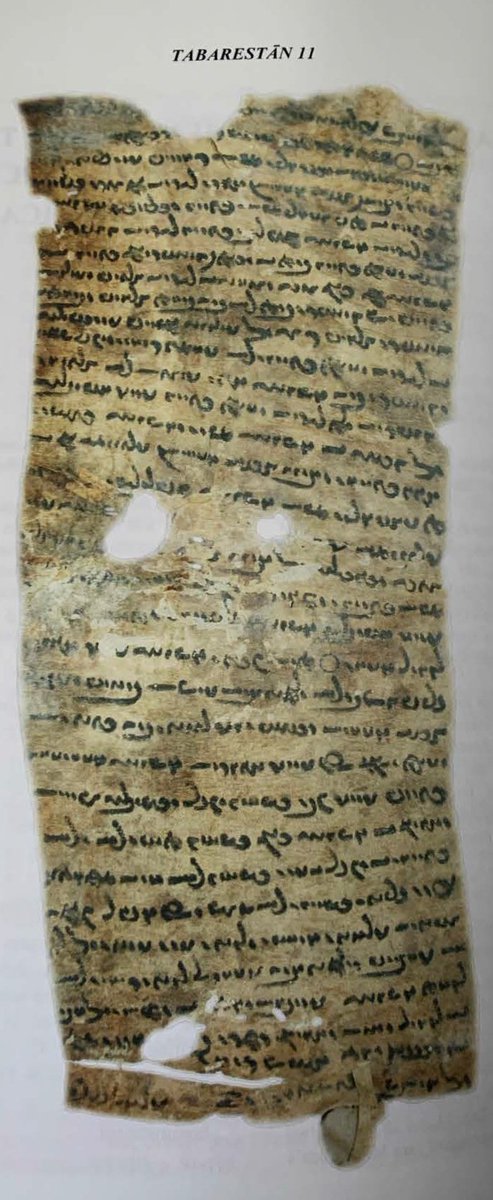
 The document, dated to 732-33 AD, concerns the transfer of property rights after the death of a man called Rahāg. Under certain conditions, the document states, his property should pass to his wife, a woman named Duxtxwašīh, who was also his granddaughter (!) 2/
The document, dated to 732-33 AD, concerns the transfer of property rights after the death of a man called Rahāg. Under certain conditions, the document states, his property should pass to his wife, a woman named Duxtxwašīh, who was also his granddaughter (!) 2/
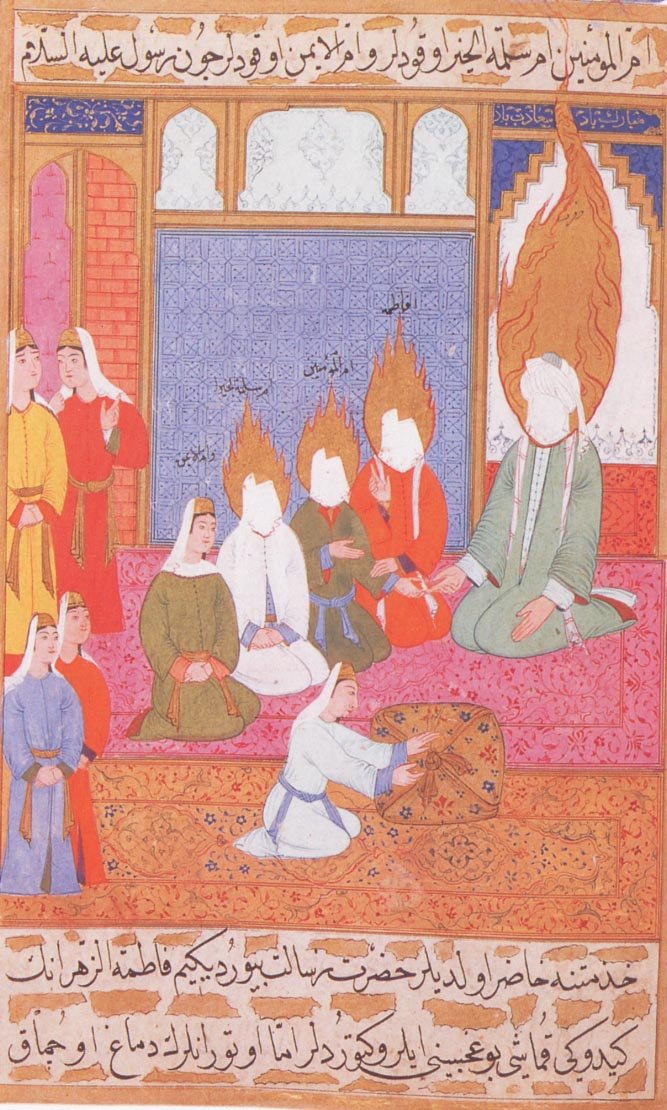

 2/ In the first entry, @shahanSean translates and comments on the conversion of the Prophet's first wife Khadīja as portrayed in one of the earliest and most famous biographies, the Kitāb al-Maghāzī of Ibn Isḥāq (d. 767)
2/ In the first entry, @shahanSean translates and comments on the conversion of the Prophet's first wife Khadīja as portrayed in one of the earliest and most famous biographies, the Kitāb al-Maghāzī of Ibn Isḥāq (d. 767)



 2/ The grandfather was called Arṭabān, and judging from the name, he seems to have been a Persian. He was a deacon (shammās) and was captured and enslaved in southern Iraq (Maysān) by one of the Prophet’s Companions, ʿAbdallāh ibn Durra al-Muzanī
2/ The grandfather was called Arṭabān, and judging from the name, he seems to have been a Persian. He was a deacon (shammās) and was captured and enslaved in southern Iraq (Maysān) by one of the Prophet’s Companions, ʿAbdallāh ibn Durra al-Muzanī


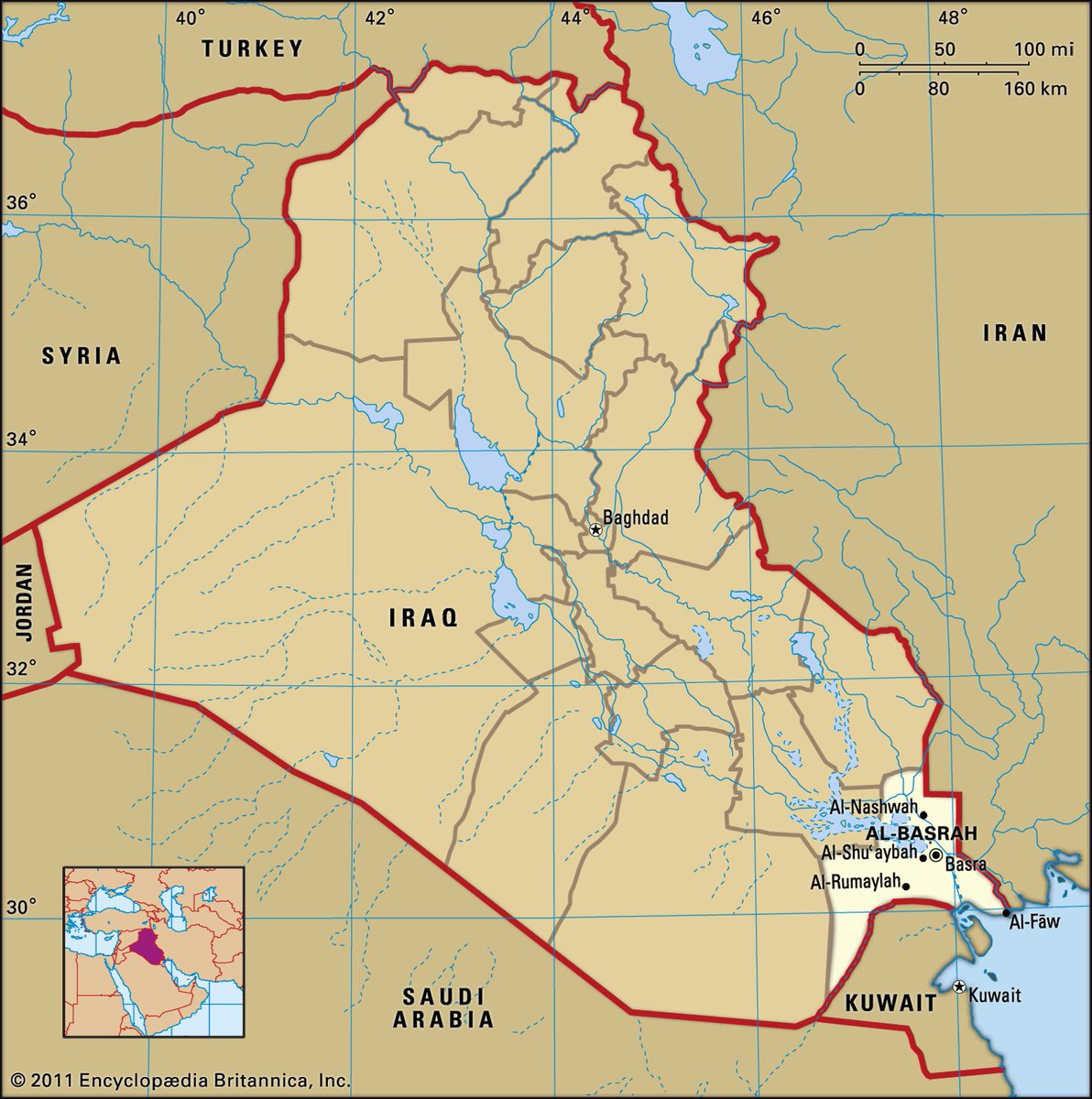
 2/ The Asāwira are a famous example of pre-Islamic elites who switched sides during the conquest and were richly rewarded for their loyalty.
2/ The Asāwira are a famous example of pre-Islamic elites who switched sides during the conquest and were richly rewarded for their loyalty. 

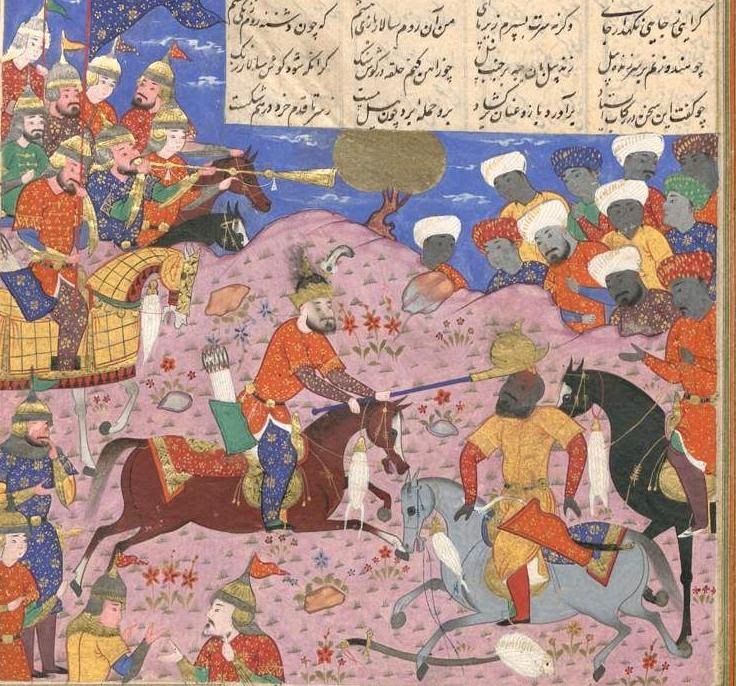
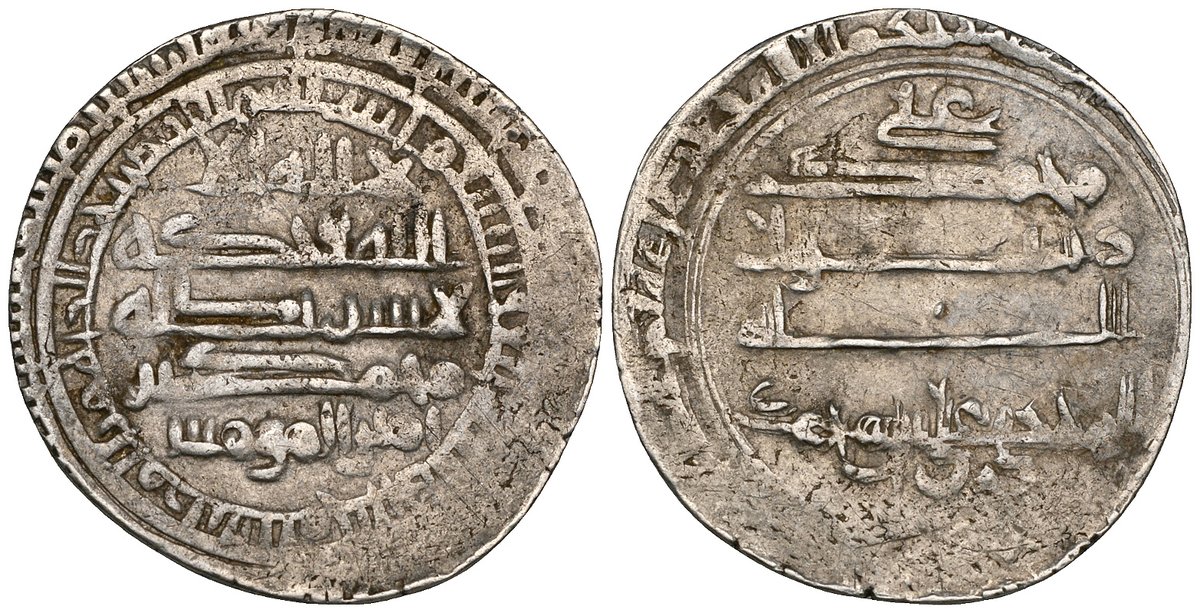 2/ The Arabic term "Zanj" refers to the inhabitants of East Africa, especially along the coast. Many were taken captive in the early Islamic period and brought as slaves to southern Iraq
2/ The Arabic term "Zanj" refers to the inhabitants of East Africa, especially along the coast. Many were taken captive in the early Islamic period and brought as slaves to southern Iraq


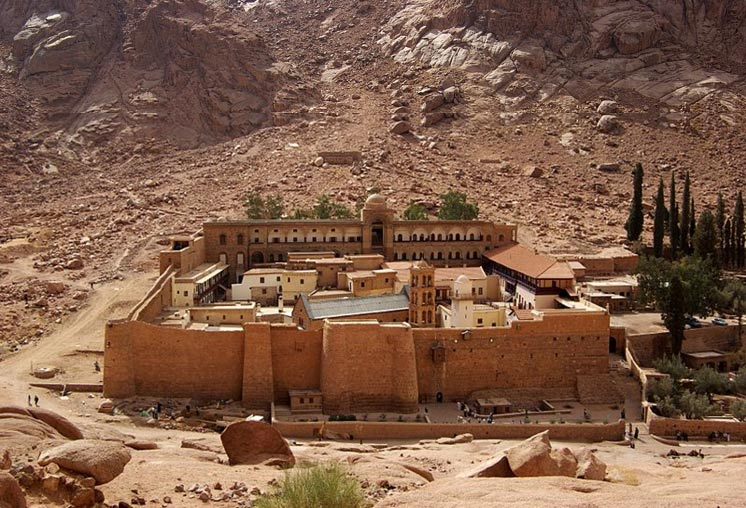
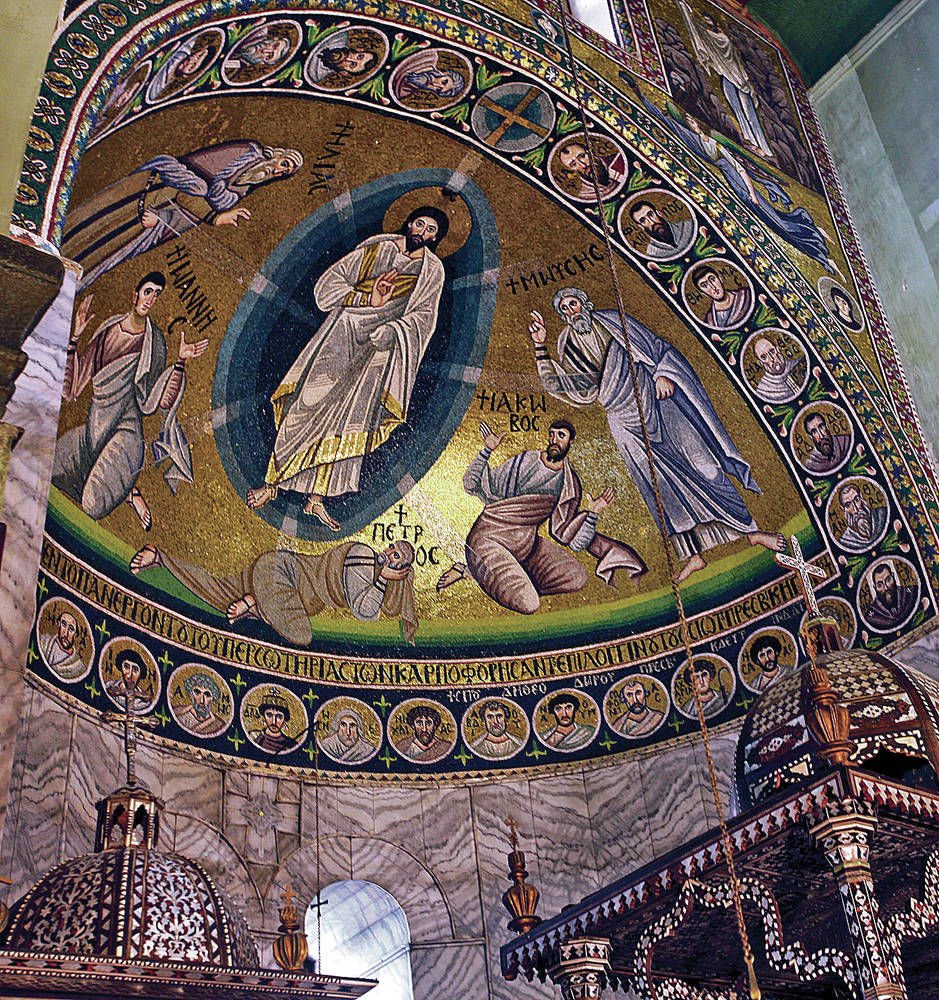 2/ The life of ʿAbd al-Masīḥ was written in #Arabic and is one of the earliest Christian texts composed in the language
2/ The life of ʿAbd al-Masīḥ was written in #Arabic and is one of the earliest Christian texts composed in the language

 2/ Control of Iran and Iraq gave the Sasanians (and other Persian dynasties going back to the Achaemenids) distinct advantages. With the Tigris and Euphrates, Iraq was an agricultural powerhouse. This also made it a tax collector's paradise
2/ Control of Iran and Iraq gave the Sasanians (and other Persian dynasties going back to the Achaemenids) distinct advantages. With the Tigris and Euphrates, Iraq was an agricultural powerhouse. This also made it a tax collector's paradise 



 2/ The manuscript comes from mid-13th c. Baghdad. The image on the right portrays the "Monastery of the Maidens" (Dayr al-Banāt) and the one on the left portrays the "Monastery of the Raven" (Dayr al-Ghurāb)
2/ The manuscript comes from mid-13th c. Baghdad. The image on the right portrays the "Monastery of the Maidens" (Dayr al-Banāt) and the one on the left portrays the "Monastery of the Raven" (Dayr al-Ghurāb)
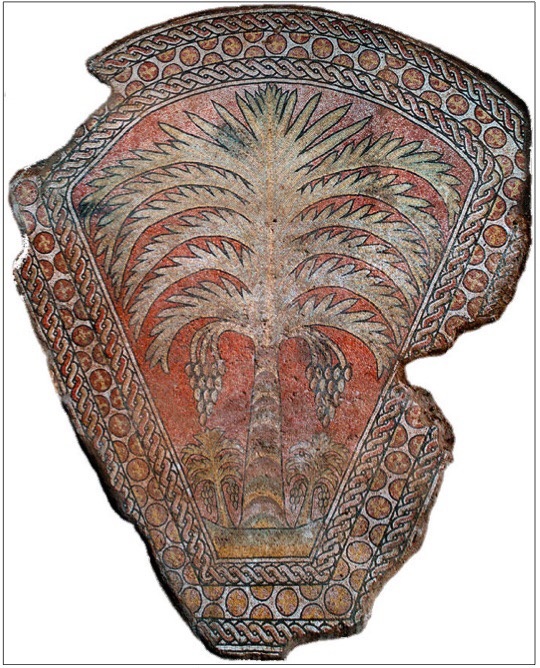

 2/ The Quran contains its own version of the Nativity story (Q. 19:22-27), in which Mary is said to withdraw to a remote place and to be overcome by the pains of labor. She then finds shelter under a date palm tree
2/ The Quran contains its own version of the Nativity story (Q. 19:22-27), in which Mary is said to withdraw to a remote place and to be overcome by the pains of labor. She then finds shelter under a date palm tree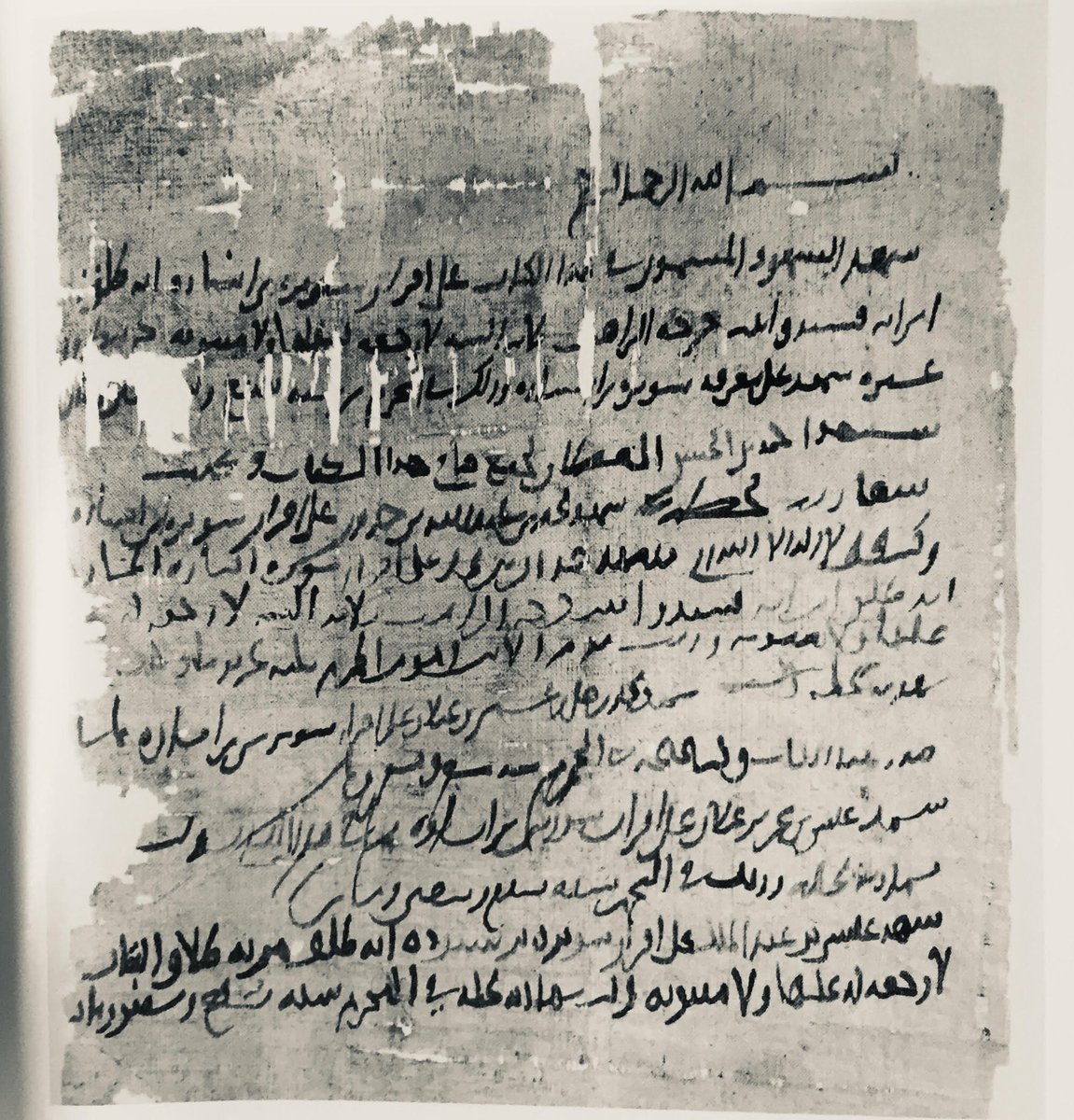
 2/ It states that Sawīrah divorced his wife, Qasīdaq (the daughter of a monk named George) "three times [and] irrevocably." The divorce was witnessed by a series of Muslim men, who are named in the papyrus (His father-in-law, the monk, could not have been happy!)
2/ It states that Sawīrah divorced his wife, Qasīdaq (the daughter of a monk named George) "three times [and] irrevocably." The divorce was witnessed by a series of Muslim men, who are named in the papyrus (His father-in-law, the monk, could not have been happy!)

 2/ Zaydīs believed that the imam had to be a descendant of ʿAlī through his sons al-Ḥasan or al-Ḥusayn. Among Shīʿīs, they were unique for also believing that the imam proved himself by his ability to lead a revolt (khurūj) against an unjust power
2/ Zaydīs believed that the imam had to be a descendant of ʿAlī through his sons al-Ḥasan or al-Ḥusayn. Among Shīʿīs, they were unique for also believing that the imam proved himself by his ability to lead a revolt (khurūj) against an unjust power
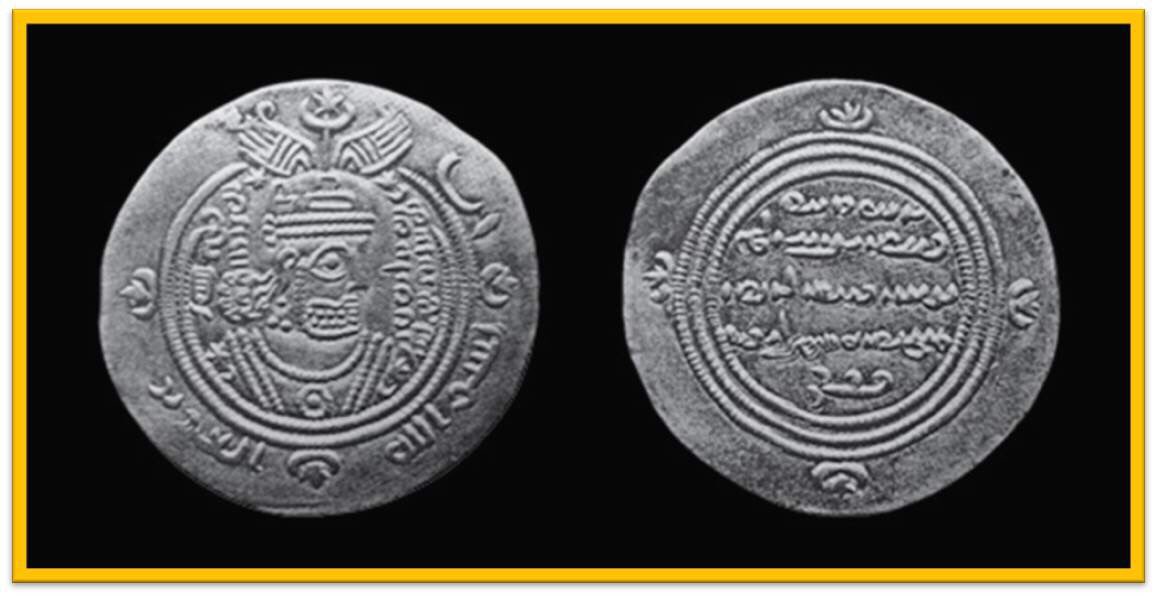
 2/ Pahlavi (otherwise known as #Zoroastrian Middle #Persian) was the language of the #Sassanian kings and the #Zoroastrian clergy. It remained a prestige language in #Iran even after the Islamic conquest
2/ Pahlavi (otherwise known as #Zoroastrian Middle #Persian) was the language of the #Sassanian kings and the #Zoroastrian clergy. It remained a prestige language in #Iran even after the Islamic conquest

 2/ Specifically, the Khazar king and his court are said to have converted. This model of top-down religious change happened all over the late antique and medieval worlds, but is most commonly associated with #Christianity and #Islam (not #Judaism!)
2/ Specifically, the Khazar king and his court are said to have converted. This model of top-down religious change happened all over the late antique and medieval worlds, but is most commonly associated with #Christianity and #Islam (not #Judaism!)